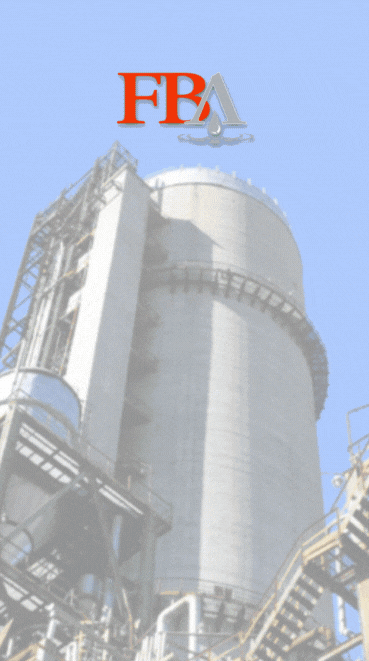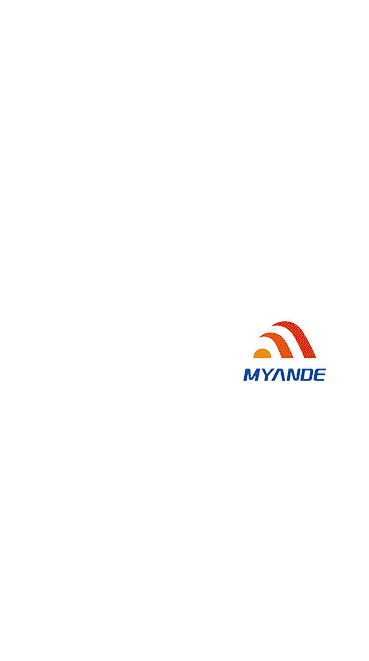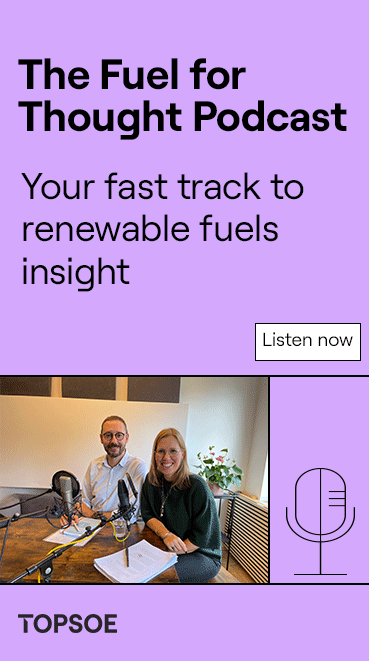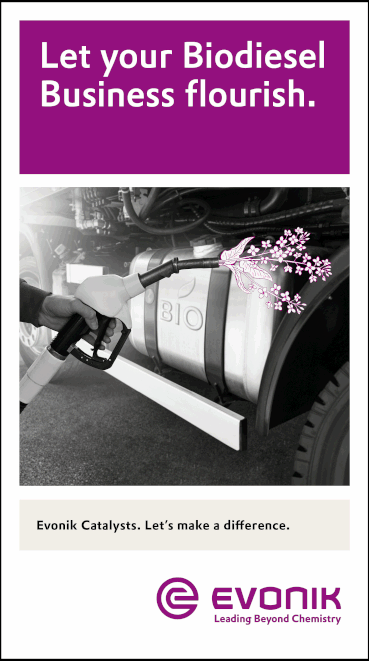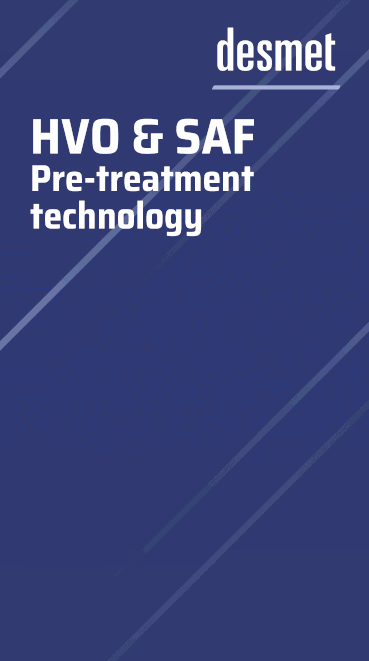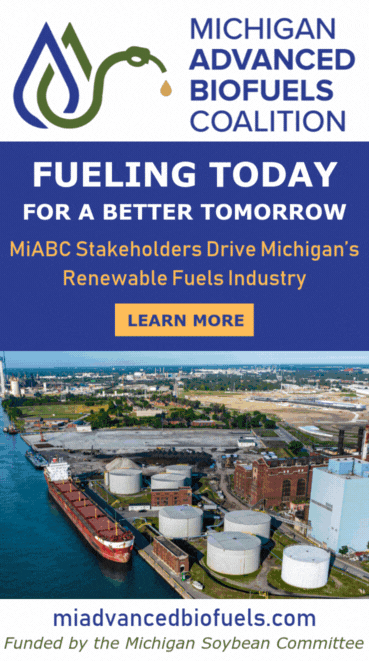Unlocking the Full Potential of SAF Markets
- Kristine Klavers
- Jun 17
- 3 min read

Rigorous LCA and QAP participation is crucial for ensuring SAF market access, maximizing regulatory incentives and establishing confidence in a competitive global environment.
Sustainable aviation fuel (SAF) has emerged as the cornerstone of aviation’s decarbonization strategy. Achieving market access, however, demands a robust commitment to carbon accounting, lifecycle analysis (LCA) and participation in a rigorous Quality Assurance Program and associated protocols.
A defensible carbon-intensity (CI) score is the gateway to regulatory incentives, such as federal tax credits and carbon credits to participate in markets such as California, Oregon, Washington, British Columbia or Europe, enhance market value and ensure long-term viability. Without proper documentation, verification and rigorous carbon accounting, even the most innovative SAF producers may miss out on critical opportunities.
Put simply, the CI score is a key entrance ticket to participating in regulatory and compliance market programs. Each LCA must be done accurately and in accordance with regulatory requirements to avoid potential compliance issues, which may impact a company’s financial health and future operations. Regulators often conduct rigorous audits and double-check disclosures to ensure accuracy and validity. This involves third-party verifications, site inspections and detailed reviews of submitted documentation.
LCAs assess the environmental impacts associated with a fuel’s entire lifecycle—from feedstock sourcing to production, distribution and end-use. Developed initially to compare the environmental impacts of consumer goods, LCAs today form the scientific and technical backbone of nearly every low-carbon fuel regulation.
For SAF producers, CI scores help determine renewable identification number (RIN) codes, California Low Carbon Fuel Standard credits, Carbon Offsetting and Reduction Scheme for International Aviation credits, and federal tax incentives like the section 45Z clean fuel production credit. Each jurisdiction or program may have a different carbon-modeling system, such as the Argonne National Laboratory’s Greenhouse Gases, Regulated Emissions and Energy use in Technologies (GREET) model, CA-GREET, or the International Civil Aviation Organization’s GREET. Furthermore, each system may carry distinct assumptions and default values, requiring careful navigation.
Although not always required, SAF and renewable diesel producers, especially foreign entities and entities with complex feedstock supply chains, would find enrolling in the U.S. EPA’s Renewable Fuel Standard QAP beneficial to ensure SAF and renewable diesel comply with RFS regulations and prevent fraudulent activities.
EPA’s QAP program ensures RINs are properly generated through audits of renewable fuel production conducted by independent third parties. It also provides an affirmative defense for the transfer or use of invalid RINs verified under an approved QAP. Buyers often do not accept the fuel without making sure it is fully in compliance. QAP compliance can also help streamline compliance requirements for other jurisdictions, reducing financial and resource burdens.
LCA models can vary substantially, although all models should follow International Organization for Standardization (ISO) 14000 series standards. GREET tools dominate U.S. markets while CORSIA relies on ICAO-approved frameworks. Meanwhile, Renewable Energy Directive (RED III) compliance in Europe introduces another set of modeling expectations.
ICAO, a specialized United Nations agency, develops international standards and regulations to support safe, efficient and environmentally responsible global air transport. Within this framework, CORSIA is ICAO’s key initiative to curb carbon emissions from international aviation. CORSIA aims to cap aviation emissions at 2020 levels by requiring airlines to offset any growth in CO2 emissions.
One of the main pathways for airlines to reduce their offsetting obligations under CORSIA is through the use of CORSIA-eligible SAFs. Eligibility, however, hinges on meeting minimum lifecycle-emissions reductions. According to CORSIA, to be certified as a CORSIA-eligible fuel, SAFs must meet the CORSIA sustainability criteria, including a 10 percent reduction in lifecycle emissions compared to the petroleum-based jet-fuel baseline of 89 grams of CO2-equivalent per megajoule (gCO2e/MJ). The greater the emissions savings, the more effectively the SAF reduces an airline’s offsetting burden, making low-carbon fuels particularly attractive under the scheme.
Each carbon-modeling system may handle key factors such as feedstocks, transportation emissions, process energy, land-use change and coproduct allocation differently. Successful SAF projects must report these inputs with accuracy to ensure that final CI scores are valid and verifiable across multiple jurisdictions.
Regulatory landscapes are rapidly evolving around the world. Organizations that proactively invest in accurate LCA modeling, robust QAP and compliance protocols, and traceable supply chains will be best positioned to thrive in this competitive environment. Ensuring data quality, auditability and adaptability will be essential in securing both compliance and market leadership.

Author: Kristine Klavers
Managing Director, Houston
Low-Carbon Petroleum
EcoEngineers







